Review round-up: Klone pedals
Four of the best from Wampler, MXR, Electro-Harmonix and Anasounds
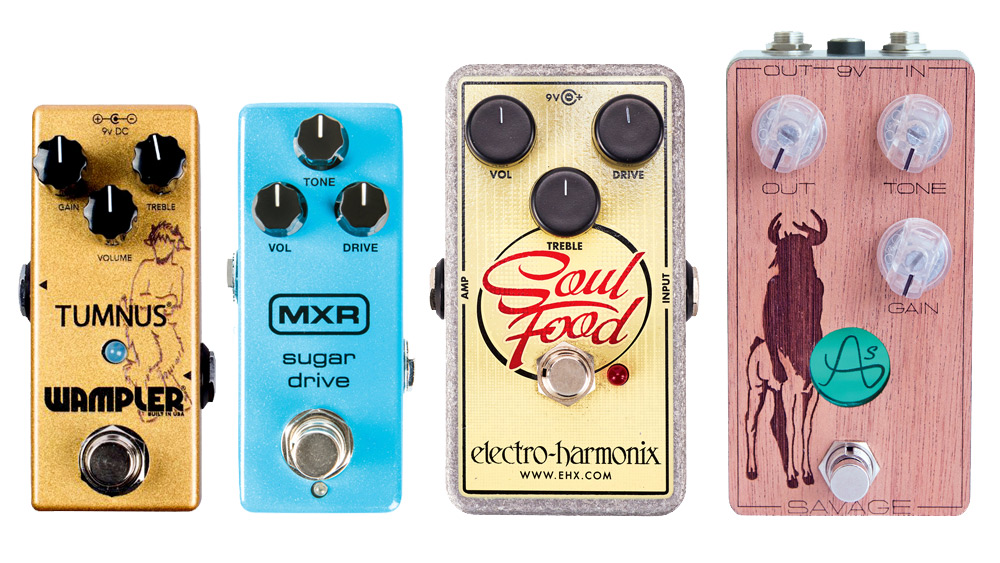
Klone wars
Of all the boutique pedals produced in the past 30 years, the Klon Centaur is probably the most infamous.
Originally produced by Bill Finnegan between 1994 and 2000, getting your hands on one of the original units could set you back over £1,000. As a result, it’s no surprise that a number of Centaur clones, or ‘klones’, as they’re now known, entered the market once the supply of originals dried up.
Bill briefly returned with a modern version, the KTR in 2014. Defiantly emblazoned with the caveat/maxim, “kindly remember that the ridiculous hype that offends so many is not of my making” the KTR was still costly and hard enough to get hold of that the klone market is still booming. Here, we’ve chosen four of the best to examine just whether they stack up...
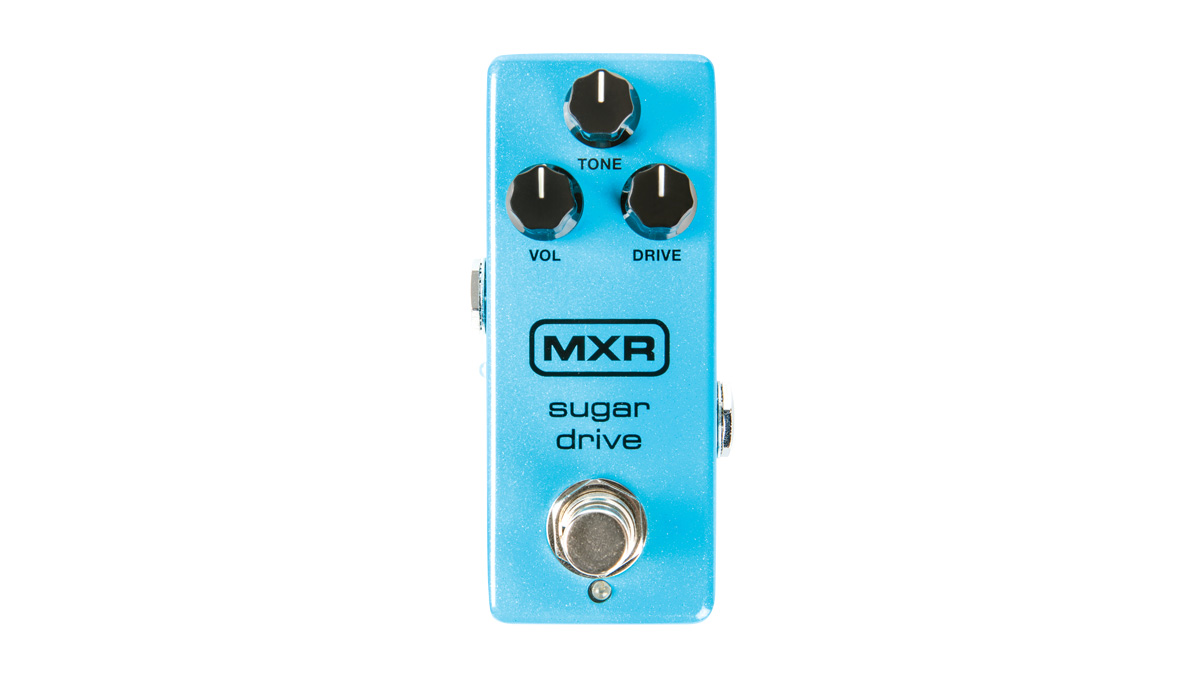
MXR Sugar Drive
In this diminutive enclosure is a full-fat Klon Centaur, with selectable buffered or true-bypass switching.
Where the original Klon was relay-bypass only, the KTR made this switchable, so that players who didn’t like the Klon buffer could have a true-bypass Centaur.
As a result, the Sugar Drive is perhaps closer to the KTR, and it certainly delivers the trademark Klon transparent drive sound. Pushing a dirty amp, it doesn’t have the pure volume punch of a Tube Screamer or Timmy-style drive, but it’s enough of a kick to get some decent saturation. With the drive dimed, there’s a metallic edge to the clip that’s vicious, yet still open-voiced.
5 out of 5
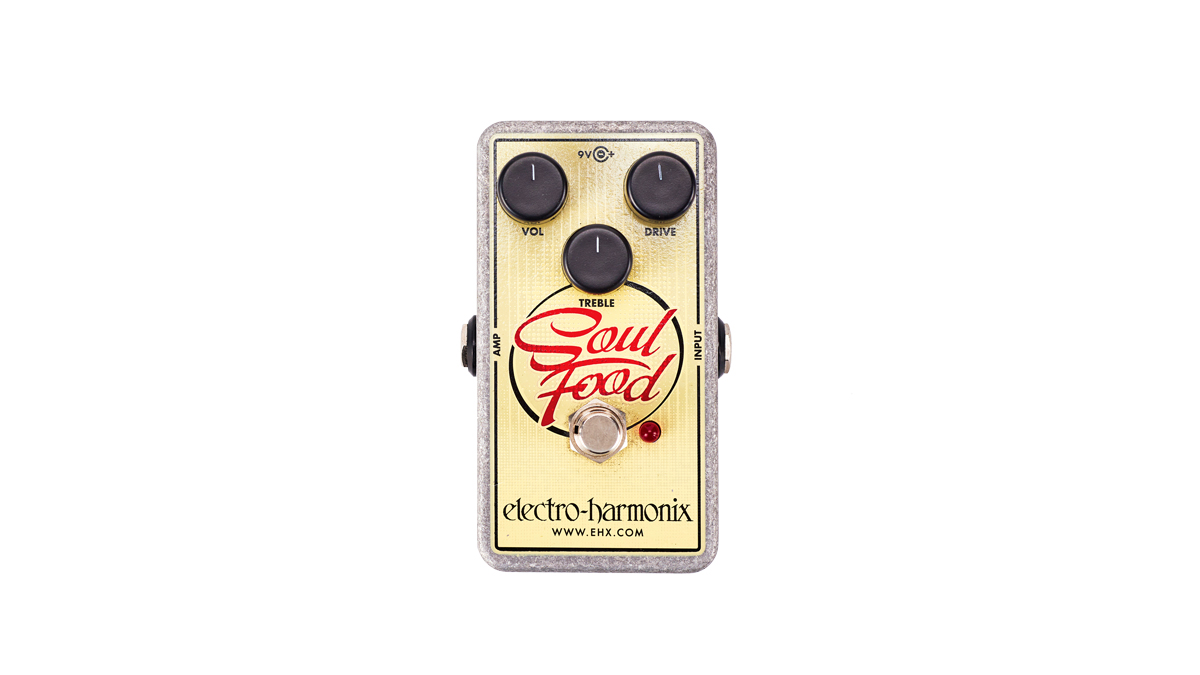
Electro-Harmonix Soul Food
Where the original Klon had germanium diodes, the Soul Food makes the change to silicon, drastically changing the sonic character of the circuit.
At lower gain settings, it’s crunchier and more compressed. There’s a debate to be had about how close this pedal is to the original, but of the units on the bench today it doesn’t pack the most punch.
It sounds more brittle and thinner, although switching from a cleaner amplifier to a Marshall on the edge of break-up brings the unit to life. With the drive pulled back and used more like a boost, you can get closer to a transparent-style overdrive.
4 out of 5
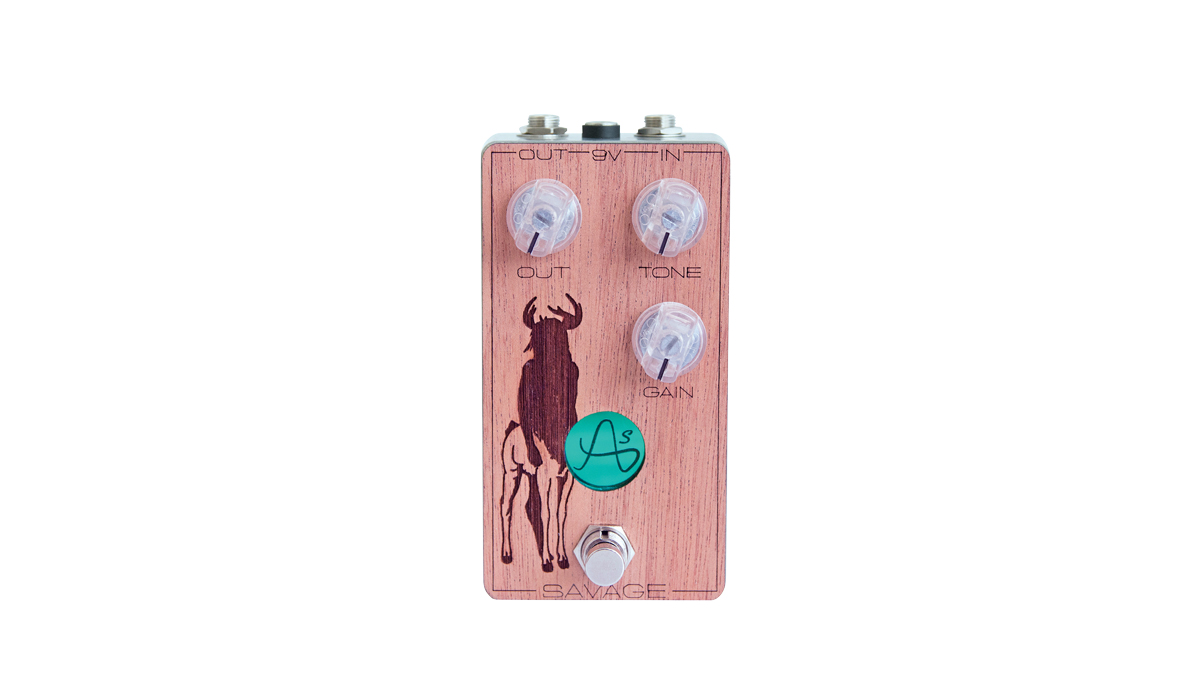
Anasounds Savage MK II
With all the knobs at 12 o’clock, the Anasounds feels like a darker take on the Klon-style sound.
That’s not the only change. Perhaps due to diode choice - the original used a specific type of Russian 1N34A germanium diode, notoriously variant in their specs - it’s a crunchier affair until the drive knob is pushed to the right.
With the drive up, it’s shred city in front of a good amp. Inside, there are switches for tone range, clipping diode choice and a tone insert for the drive stage. While this makes for a more versatile pedal, most players are probably unlikely to open up the pedal and tweak them.
4 out of 5
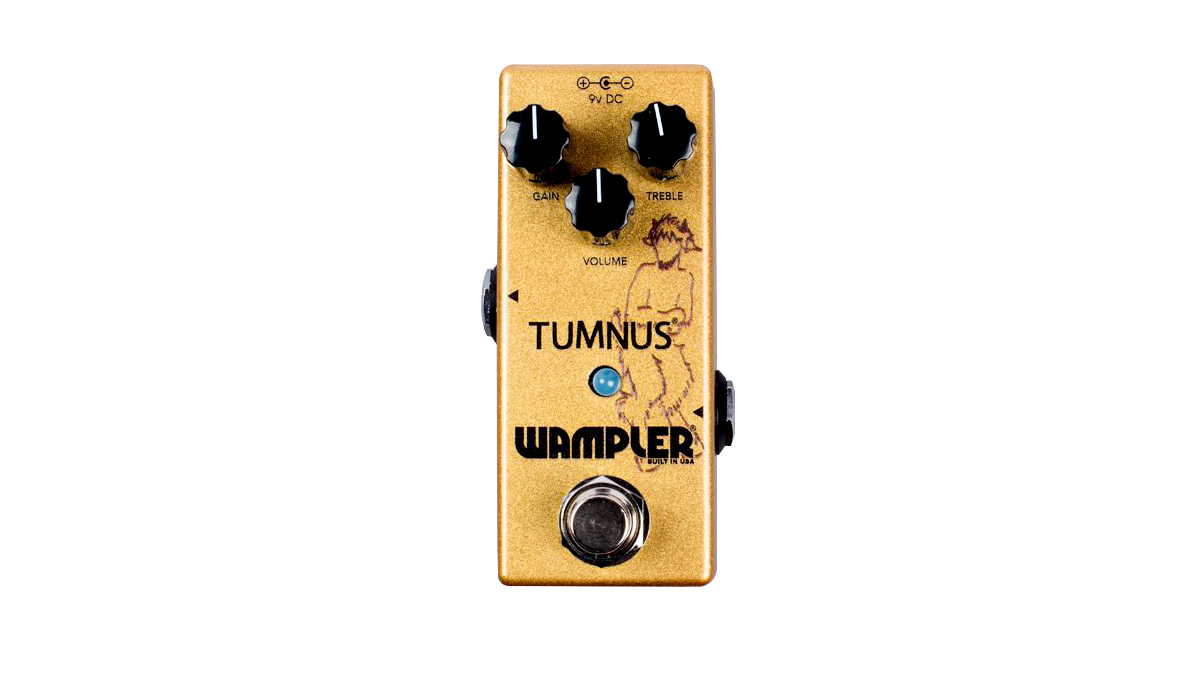
Wampler Tumnus
Besides the J Rockett Archer and Soul Food, the Tumnus is probably the most popular klone on the market. Unlike the Soul Food, the Archer and Tumnus are as close as you can get to the original circuit outside of a KTR. The pedal is open and rich, with a charge-pump juiced headroom and a slew of higher-order harmonic content.
Greater chime is close at hand, thanks to the tone control, but the real joy is in finding the two magic drive points: pushing a dirty amp into saturation with the gain low, and articulate high-gain crunch as the hard-clipping diodes kick in at hairier settings.
4.5 out of 5
Alex Lynham is a gear obsessive who's been collecting and building modern and vintage equipment since he got his first Saturday job. Besides reviewing countless pedals for Total Guitar, he's written guides on how to build your first pedal, how to build a tube amp from a kit, and briefly went viral when he released a glitch delay pedal, the Atom Smasher.


